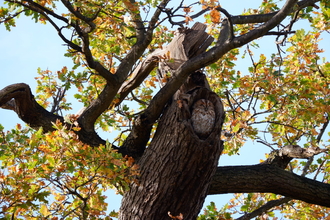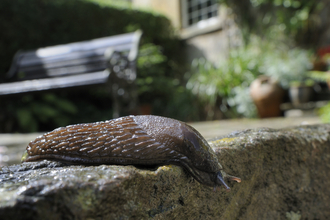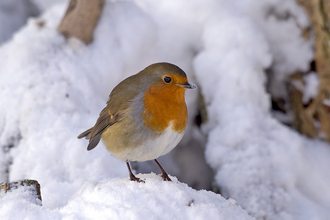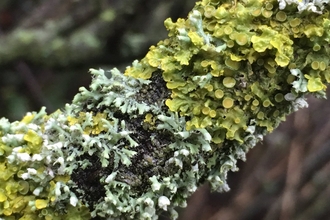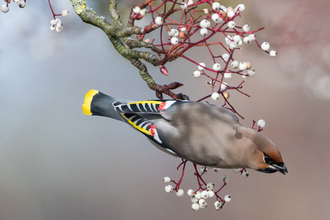Swans are one of our much loved birds and we are graced with three different species in the UK, mute, whooper and Bewick’s swan. Although easily identified as swans, telling them apart can be easier said than done. Mute swans help us out with an easily identifiable orange beak that has a black mass on top near the bird’s forehead, known as a knob, which is where mute swans get their other, perhaps less preferable name, of a knob swan from. Another way to tell them apart is that mute swans stay in the UK all year round with whooper and Bewick’s swans journeying huge distances to their summer breeding grounds near the arctic, so time of year might offer a helping hand.
Telling the difference between whooper swans and Bewick’s swans is where it gets a litter trickier. Although they both have yellow beaks, Bewick’s swans are much shorter than a whooper swan and their necks are straighter too. Another handy hint to help tell the difference is looking at the amount of yellow that the swans have on their beaks. The flatter slope of a whooper swan creates a triangle of yellow and is said to look like a wedge of cheese, with Bewick’s swans having more of a rounded curved beak, thought to be similar to a knob of butter. Sorry if these identifiable features have now made stomachs rumble.





